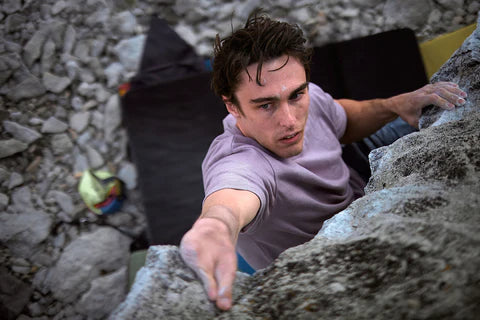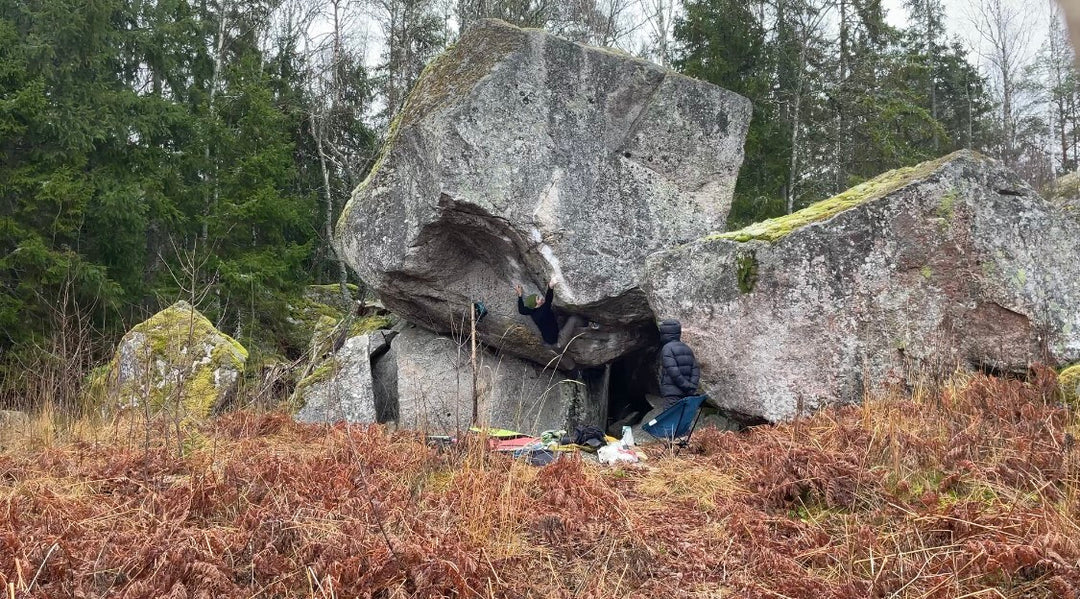Climb like a paraclimber


Contraint based climbing encompasses a range of training techniques that have been around since Wolfgang Güllich invented the campus board in 1988. Everyone is familar with campus climbing, and anyone who has experienced an ankle injury has probably experimented with climbing one-legged. You may have even followed a training plan which prescribes you to try ‘sloth’ climbing. These are ways of climbing which exclude certain limbs or reduce ones ability to move quickly or dynamically in order to provide unique training stimulus. There is a group of climbers out there whos climbing is naturally constrained. These climbers embrace climbing with different abilities and have honed their constrained style to the point of mastery. These people are paraclimbers and there is a lesson to be learned in their ability to climb hard with a disability.

Paraclimbers, also known as adaptive climbers, are rock climbers with disabilities. From persons with multiple sclerosis to amputees to persons with paraplegia, disabilities range widely and can affect a persons climbing significantly. The successful paraclimber embraces the constraints of their circumstance and explores the limits of their potential with the same problem solving mindset of all climbers; Lets see what I am capable of. Paraclimbers are just as strong as anyone else and the embracing of ones constraints propels many to achieve a high level of athletic performance. They forge their own path within the sport of climbing by adapting unorthodox styles and pushing the limits of their potential within that style.
There is something to be learned from paraclimbers. A climber with paraplegia, for example, becomes a master of campusing. Leg amputees are experts of finding tension through two points of contact or exploding dynamically when there is no tension to be found. Those with neuromuscular disorders become endurance gods, maneuvering with slow static precision from one position to the next. Visually impaired climbers develop insane lockoff power and the ability to hold the end ranges of positions as they calmly search for their next hold. Arm amputees have a practiced ability to find balance positions from which to move with dynamic efficiency. Paraclimbers develop these skills by necessity but anyone can practice these styles to develop the same skills for themselves.
Try climbing like a paraclimber. Climb without your feet and you too can develop the upper body power of someone with paraplegia. Climb with one leg to practice the tension and explosivity of a leg amputee. Climb slowly, almost painfully so, to build the endurance and intentionality of those with neuromuscular disorders. Climb blindfolded to build the powerful bodily control of the visually impaired. Climb with one arm to practice the balance and efficiency of an arm amputee. These ways of climbing, which are natural for the paraclimber, can be used as valuable training tools to level up ones climbing in fun and interesting ways.
Remember, as you implement these styles of climbing in your own training, to reflect on the paraclimber whose style you are emulating. Put yourself in the mind of someone who has limited control of their lower body, has only one foot, is forced to climb slowly, must search blindly for each hold, or swings through each movement on a single arm. Think of the person who climbs this way as a default. Paraclimbers do not choose their disability, although many are grateful for the opportunities it has afforded them. Each of them has gone through their own journey of acceptance and it is important to appreciate this as you climb like them in your training.

I am a paraclimber myself. I have a limb difference known as Ectrodactyly which presents itself on my right hand where I have only two non-articulating fingers. There are many things in climbing that are impossible or at least very difficult for me. Small holds are my anti-style since I am not capable of crimping with my right hand in the same way that I can with my left. This doesn’t make climbing any less enjoyable for me though. I have accepted that there are many climbs which I will never do and I have found certain styles which I am very strong and capable in. I have embraced my disability and recognize the many gifts it gives me. I do not pretend to speak for all paraclimbers, but this is the mindset that I have come to admire in the members of our community whom I look up to.

About the author: Shamus Boulianne
I am a Canadian Paraclimber and routesetter. I have been competing for two years, over which time I have become dedicated to building the sport of paraclimbing and promoting it to the general climbing public. I got into climbing as a boulderer and love spending a day out trying hard on my project. Paraclimbing competitions take place on top rope and since I began competing I have found myself more and more often leaving my crash pads at home in exchange for a rope and a gri-gri. I love all things climbing and hope to motivate other people with disabilities to take up the sport and discover the same passion that I have.






Leave a comment